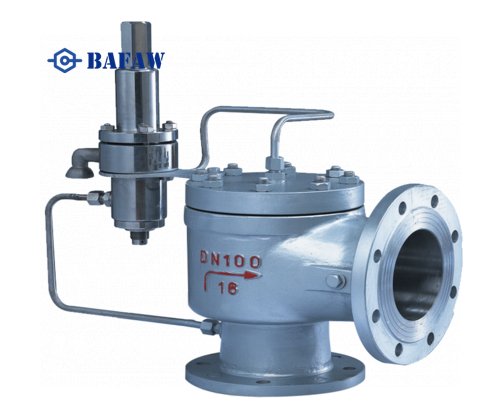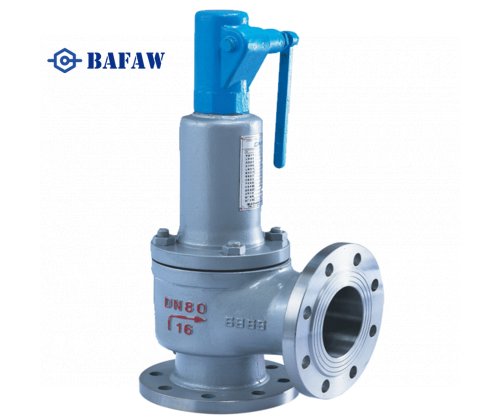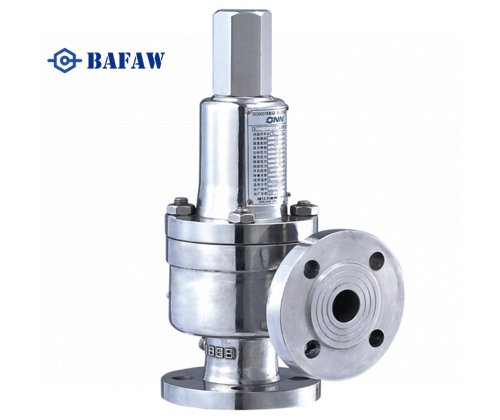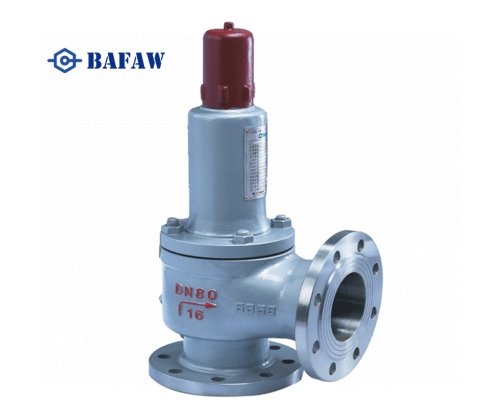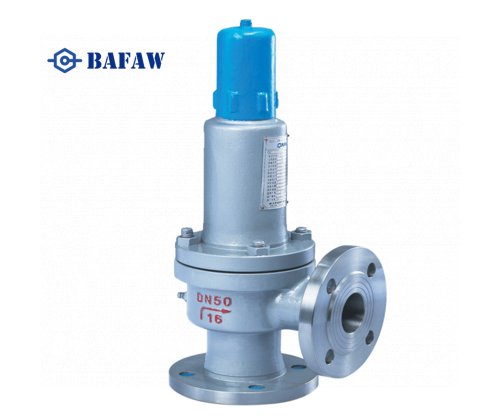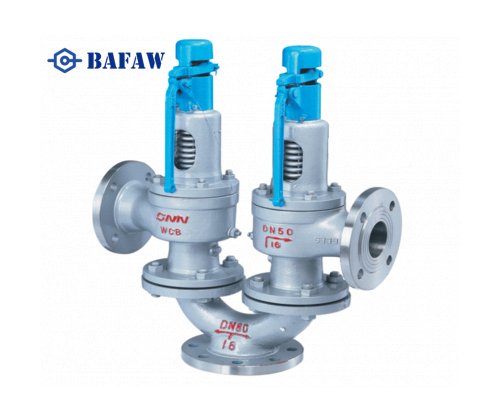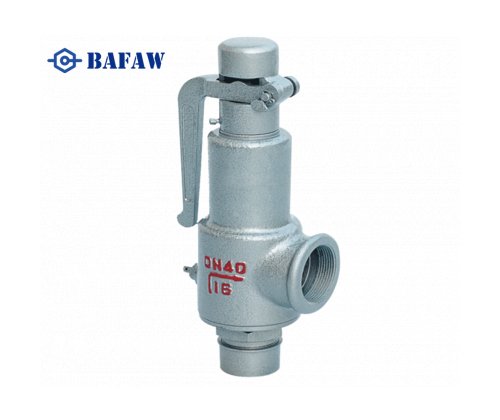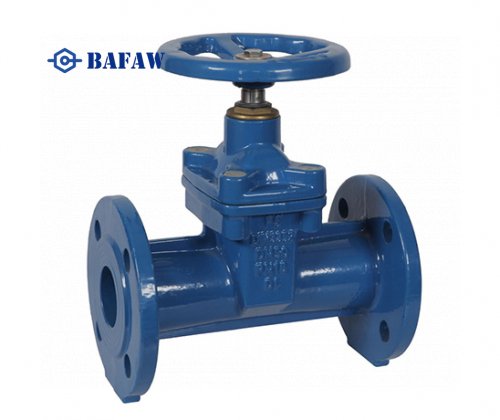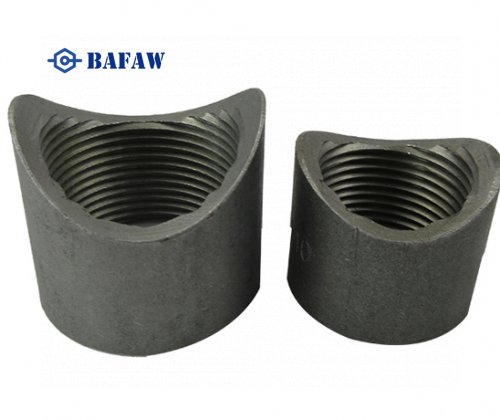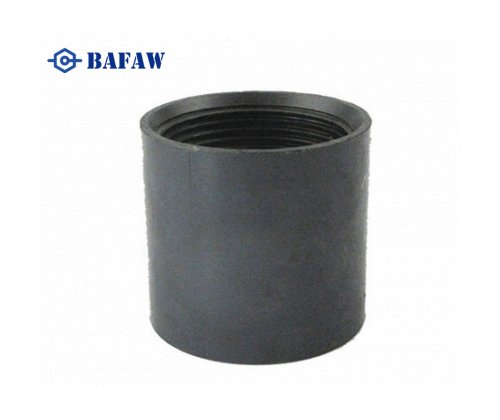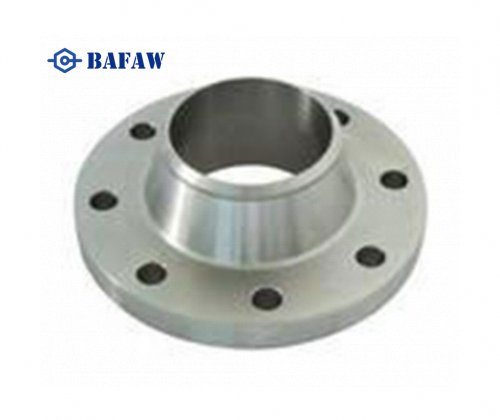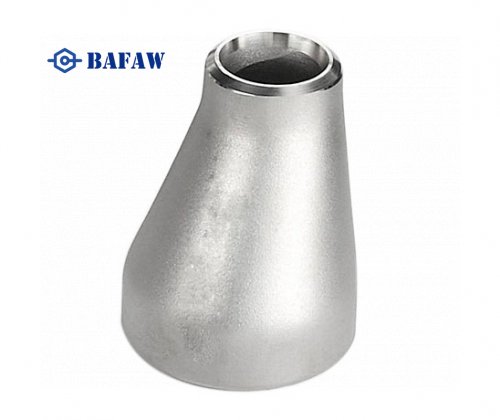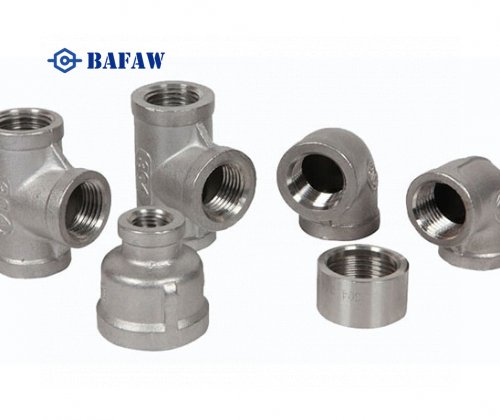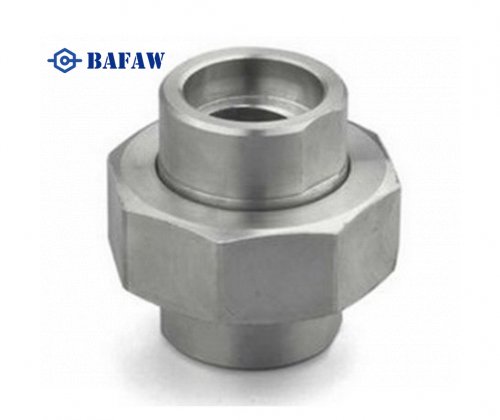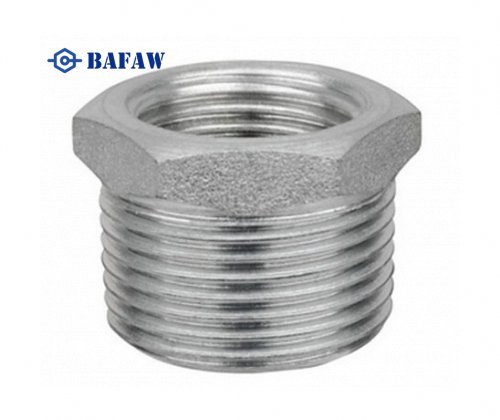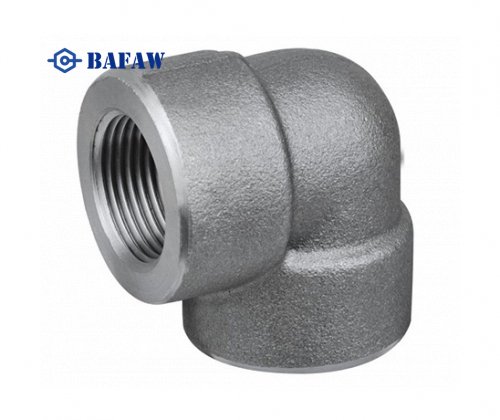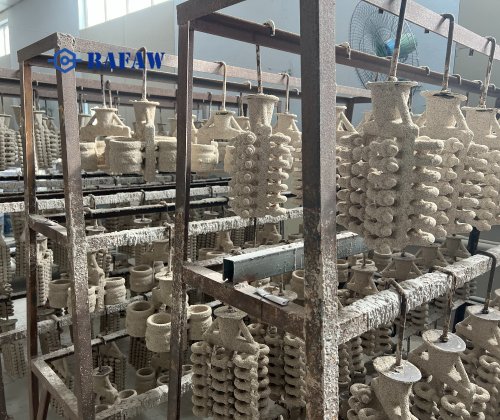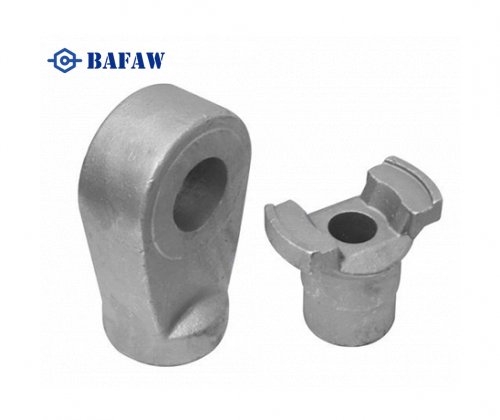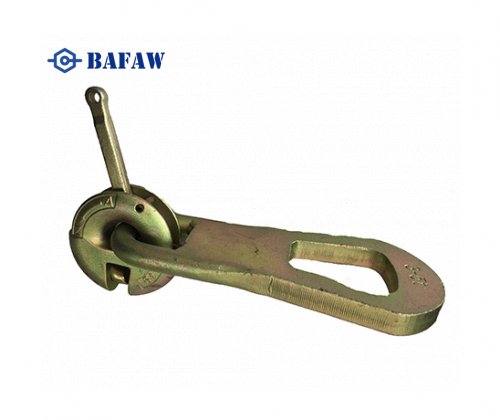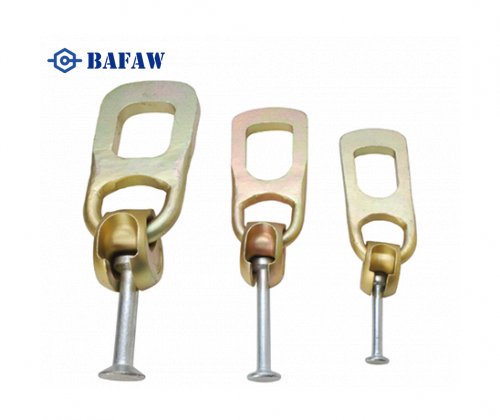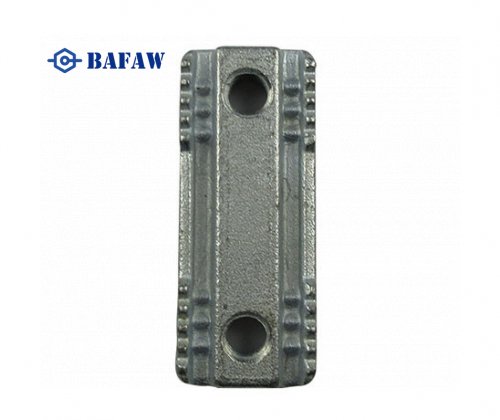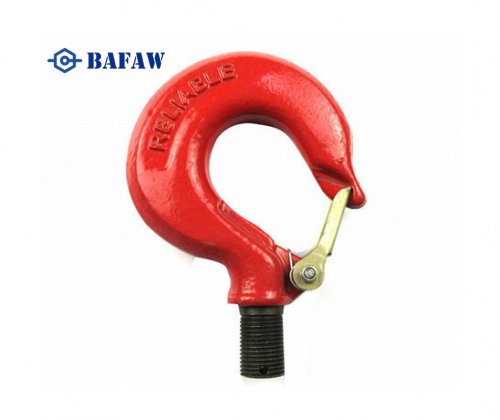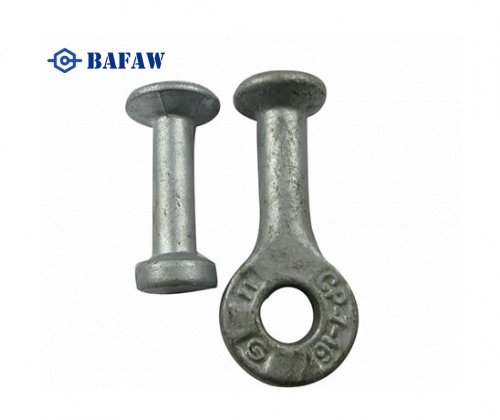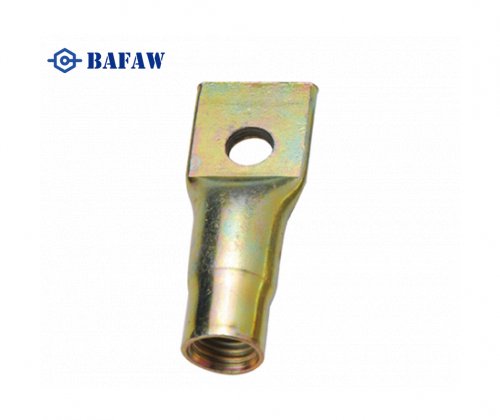Three-way valves have a variety of advantages and disadvantages in industrial fluid control systems, which makes them useful in specific applications, but there are also some limitations.
Advantages
Simple construction:
Three-way valves are typically designed to be simple and easy to install and maintain. This design simplifies system complexity and reduces maintenance costs.
Versatility:
Three-way valves can be used for fluid flow control, mixing, diverting, and many other functions. They are capable of multiple operations within a single valve body, reducing the number and complexity of valves in a system.
Cost Effectiveness:
Compared to more complex valve systems, three-way valves are less costly, especially in applications that require simple fluid control.
Widely used:
Three-way valves are suitable for controlling the flow and pressure of different media such as liquids, gases and vapors, and are widely used in fluid control systems such as water supply and oil supply.
Disadvantages
Functional limitation:
Three-way valves can usually only control the flow of two fluids, which may not be sufficient in systems that require more complex control. For systems requiring multiple circuits or more complex control, more advanced valves may be required.
Noise Problems:
Three-way valves may generate noise during the control process, which can be a problem in some applications.
Particle and Impurity Sensitivity:
If the fluid contains particles or impurities, this may result in spool jamming or increased wear, requiring regular maintenance to ensure proper operation.
Higher price:
Despite the cost advantages of 3-way valves in simple applications, motorized 3-way valves with high-precision controls can be relatively expensive in some cases.
Types of three-way valves
From the basic classification point of view, three-way valves can be classified according to a number of dimensions, such as flow direction, structure, actuation method, application area and spool design. Among them, combining and diverting valves classified by flow direction are the most basic distinction. In practical applications, combination valves are more commonly used in applications requiring precise mixing of different fluids, such as chemical production lines or temperature control systems, while diverter valves are more common in systems requiring distribution of a single fluid to different processing units, such as the distribution of hot and cold water in central air-conditioning systems.
The T-type and L-type 3-way valves are differentiated by their structure, and the T-type 3-way valve is popular in complex systems because of its ability to realize any combination of the three channels. The use of T-type three-way valves simplifies pipework design and increases system flexibility. In contrast, L-type three-way valves are relatively simple, but their simplicity of design often leads to higher reliability and lower maintenance costs in applications where only two-way switching is required.
The choice of drive method is also a key consideration. Electric three-way valves are increasingly used in modern automation systems because of their advantages of precise control and remote operation. However, in some special environments, such as explosive areas, pneumatic three-way valves are still preferred due to their intrinsically safe characteristics.
Differences in application areas also lead to significant differences in three-way valve design. While industrial 3-way valves usually require consideration of corrosion resistance, high pressure and high temperature, medical 3-way valves focus more on precise control, sterility and safety.
In terms of spool design, ball and sleeve are the two main options. Ball-type 3-way valves excel in many industrial applications due to their good sealing and low pressure drop characteristics. Ball 3-way valves exhibit excellent performance and reliability in high-pressure environments. Sleeve-type 3-way valves, on the other hand, are more advantageous where precise flow adjustment is required due to their unique flow path design.
Finally, according to the different control methods, three-way valves can be divided into regulating and switching type. Regulating three-way valves are indispensable in applications that require precise control of flow or mixing ratio, such as precision temperature control systems. Switching three-way valves are more economical and practical in simple flow switching applications.

















